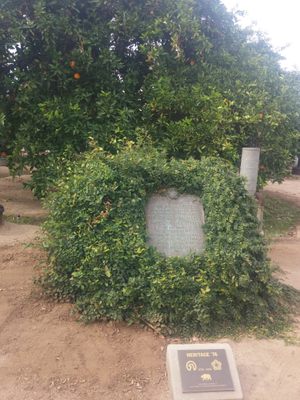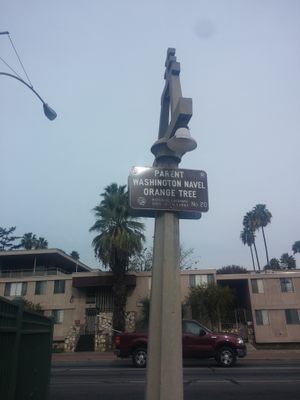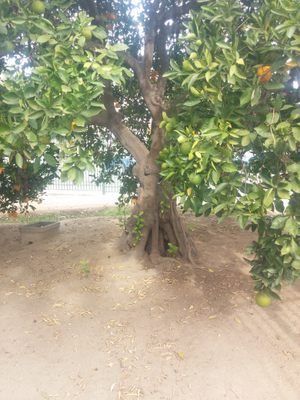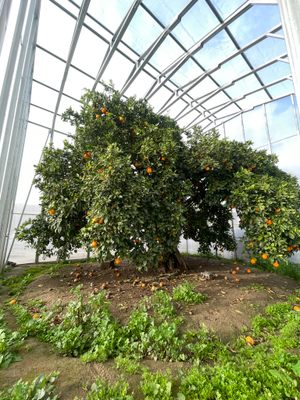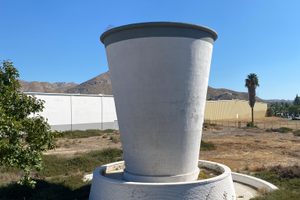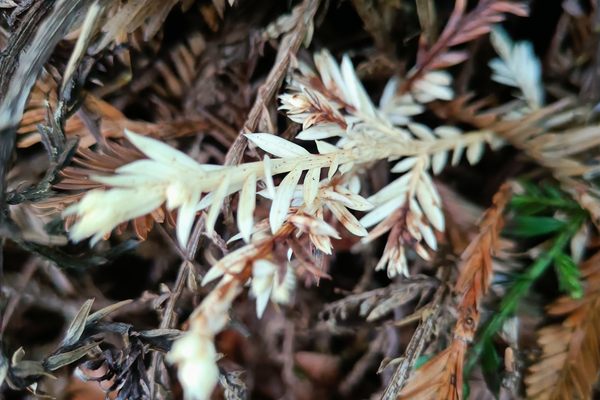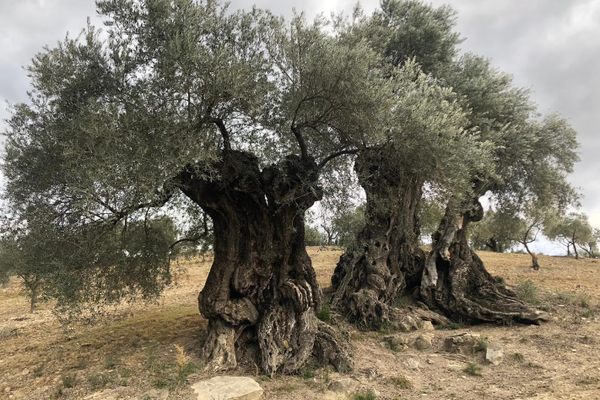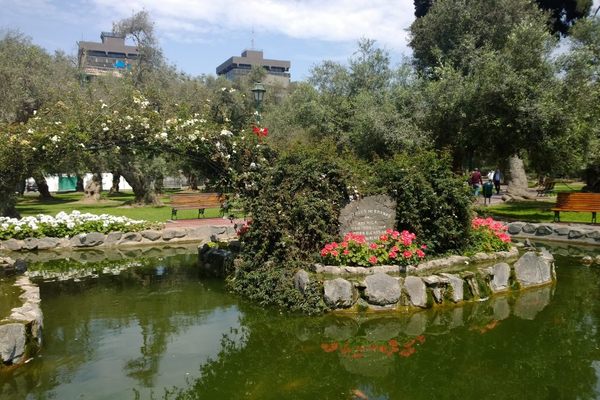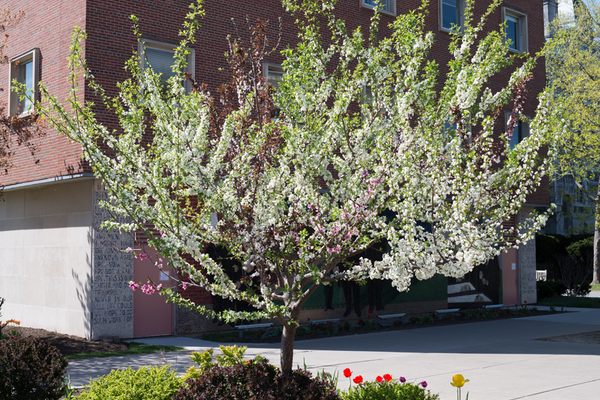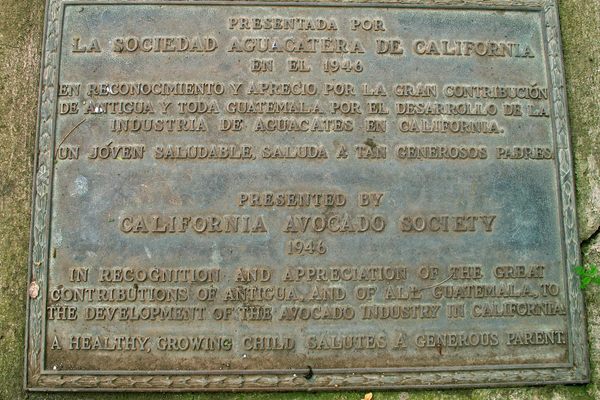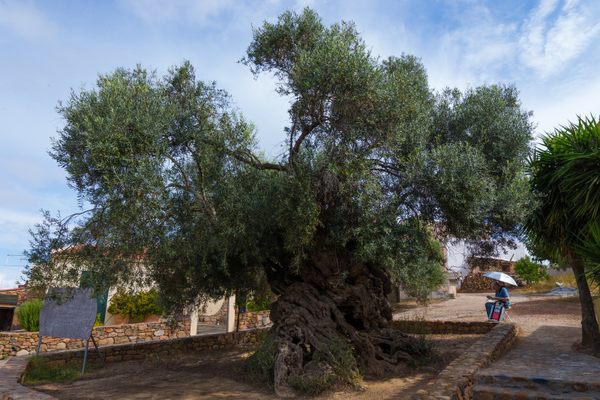About
Little do most people know, but oranges as we known them were not always so rich and easy to eat. It was only with the introduction of Eliza Tibbets' Washington Navel Orange Tree that the seedless fruits we know today became the industry standard.
It was in the 1870s that Tibbets planted the first pair of Bahia orange trees in the still-burgeoning city of Riverside. Up to this point, American orange varietals had been filled with seeds and grew tougher rinds, simply making them less attractive. By comparison, the Brazilian strain of orange that Tibbets planted was brighter, seedless, and developed a much thinner (and easier to peel) rind. After the trees successfully fruited, clippings were taken to clone the trees, and with a few generations there were groves of the navel oranges growing across California, all genetically identical to the originals.
One of the original trees died in 1921, and the remaining tree also began to develop debilitating plant diseases. Yet thanks to conservation efforts that took place in the 1950s and again in the 2000s, the second parent navel tree lives on.
Today the parent tree sits on a small patch of land at a Riverside intersection. A plaque has been erected to highlight the importance of the plant, and local botanists continue to work to make sure that the California orange industry is not orphaned.
Related Tags
Know Before You Go
On the southwest corner of Arlington and Magnolia Aves. Riverside Fwy exit onto Arlington Ave., drive west, then take the second left onto Magnolia Ave. The parking area is on the right, just past the tree.
Community Contributors
Added By
Published
April 1, 2015
Sources
- http://www.roadsideamerica.com/tip/6874
- http://ucanr.edu/blogs/blogcore/postdetail.cfm?postnum=10519
- http://en.wikipedia.org/wiki/History_of_Riverside,_California#Citrus_history
- http://audio.californiareport.org/archive/R201307051630/b
- https://riversideca.gov/press/riverside-protecting-parent-navel-orange-tree-citrus-greening-disease
